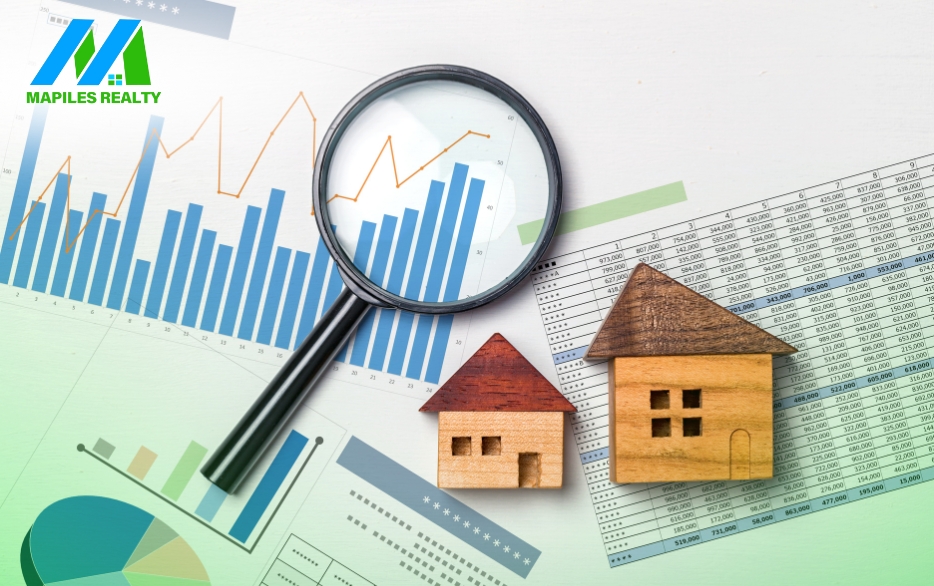Like any investment, real estate has inherent dangers, but it may also yield significant profits. Knowing and navigating the cycles of the real estate market is one of the keys to successful real estate investing. Periodically fluctuating real estate markets can affect rental demand, property pricing, and total investment opportunities. Investors can reduce risks, make better decisions, and take advantage of advantageous market conditions by understanding these cycles. The various stages of real estate market cycles will be discussed in this article, along with tips for making wise investments at each one
The Four Phases of Market Cycles in Real Estate
Four distinct phases are commonly observed in real estate markets:
- Recovery: The real estate market moves into a recovery phase following a period of stagnation or decline. At this point, real estate values begin to level out and even slightly increase. Demand increases as investor confidence starts to rise.
- Expansion: The market moves into an expansion phase as the recovery picks up steam. This is typified by rising real estate costs, strong demand, and a flourishing market. Demand for rentals increases, and investors witness a significant increase in property values.
- Peak: The real estate market cycle peaks during this phase. Investor excitement is at its height, and property values hit their highest points. Overvaluation and excessive speculation, however, can leave the market open to a decline.
- Contraction (Recession): The contraction phase, sometimes referred to as a downturn or recession, is characterized by a drop in real estate values, a decrease in demand, and a rise in market ambiguity. Lower returns, more vacancies, and trouble selling homes are all possible outcomes for investors.
Understanding Indicators of the Market
Understanding important market indications that indicate changes in the real estate cycle is essential for making wise investment choices. Among these indicators are:
- Housing Inventory: A strong seller’s market and possible property value growth are indicated by a declining inventory of available properties.
- Demand for Rental homes: An expanding population and rising demand for rental homes point to a promising rental market.
- Interest Rates: A slowdown in the housing market and decreased affordability might result from rising interest rates.
- Economic Indicators: The performance of the real estate market can be influenced by variables including GDP growth, unemployment rates, and consumer confidence.
- Construction Activity: A rise in new building initiatives could result in an excess of available real estate, which would impact property values.
Strategies for each phase
- Recovery Phase: During this stage, investors can discover fantastic chances to buy real estate at comparatively reduced costs. Purchasing during this stage can result in substantial long-term appreciation as the market begins to improve.
- Phase of Expansion: Investors might profit from significant rental demand and appreciation during this phase. For sustained growth, it is crucial to concentrate on properties with positive cash flow and take long-term investments into account.
- Peak Phase: Caution is suggested when the market gets closer to its peak. Speculative investments and excessive leverage should be avoided by investors. Instead, think about diversifying the portfolio and putting more emphasis on cash flow than on quick profits.
- Contraction Phase: In a market that is contracting, there are chances to buy distressed houses for less money. When the market improves, astute investors could spot opportunities in fix-and-flip projects or buildings with high rental potential.
Risk management and diversification
A key tactic for controlling risk in any investment portfolio, including real estate, is diversification. Investors can lessen the effect of market cycles on their entire portfolio by diversifying among different kinds of real estate, geographical areas, and investing approaches.
Making wise and well-informed investing decisions requires an understanding of real estate market cycles. Investors can take advantage of advantageous market conditions, reduce risks, and create a profitable real estate portfolio by understanding the stages of the market cycle and keeping an eye on important indicators. A solid real estate investment strategy must include extensive study, due diligence, and the advice of knowledgeable experts, just like any other investment. Investors can successfully navigate real estate market cycles and attain long-term financial success by using a strategic strategy and keeping a close watch on market dynamics.





